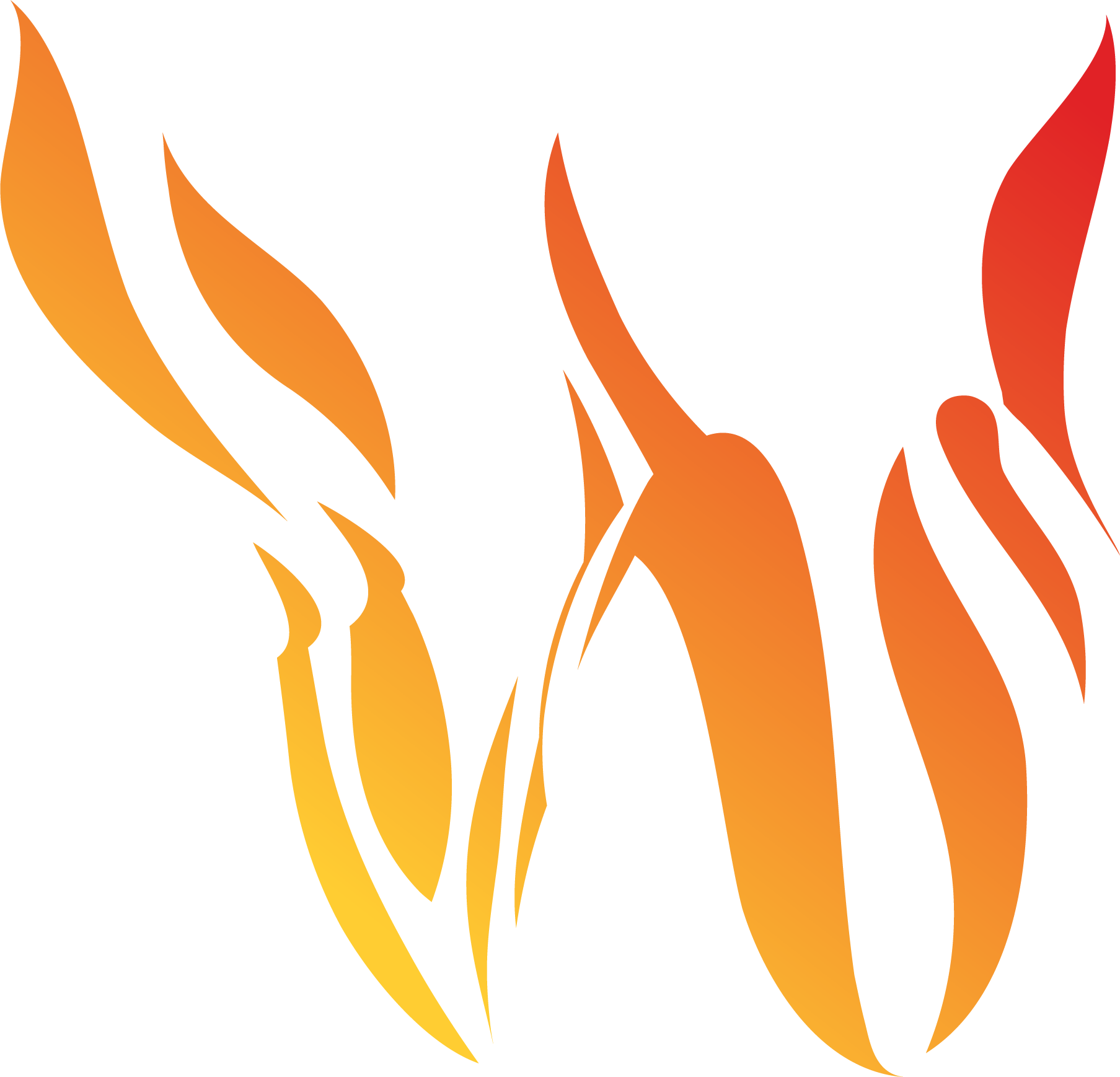Description of Input Data
The following table lists the source data provided by Technosylva. This includes data previously developed by Technosylva with enhancements over other similar publicly available datasets, such as LANDFIRE and others.
Technosylva Input Data | ||
Dataset | Format / Resolution | Description |
Surface Fuels | Raster 30 m | Technosylva 2020 fire season (as of December 2020) Layer, including disturbance severity mapping updates, improvement of existing seamlines, and a new land use classification for WUI, roads, water, and agricultural lands. |
Canopy Fuels | Raster 30 m | Latest LANDFIRE data enhanced with 2016-2020 disturbance severity mapping updates. This data is required to correctly calculate crown fire behavior. Includes CBD, CBH, CC, CCH |
Terrain | Raster 30 m | Obtained from National USGS - LANDFIRE 2016 dataset. Describes elevation, slope, and aspect. |
Buildings | Vector polygons & points | Building footprints enhanced by Technosylva to include missing data areas and misclassification. Used as the finest resolution value-at-risk for calculating risk metrics. |
Population | Raster 90 m | Population count from LandScan 2021 data source. This data provides an accurate definition of population locations for wildland and WUI areas in addition to urban areas. Data is synchronized with the most recent Census update to reflect the population for administrative areas accurately. |
Critical Facilities | Points | Represents those critical facilities that are included as possible impact analysis. Includes schools, hospitals. |
